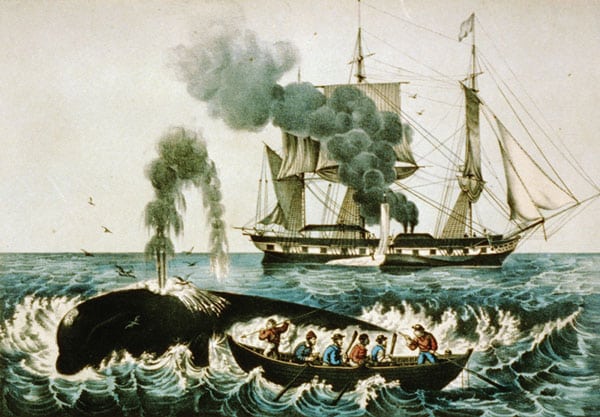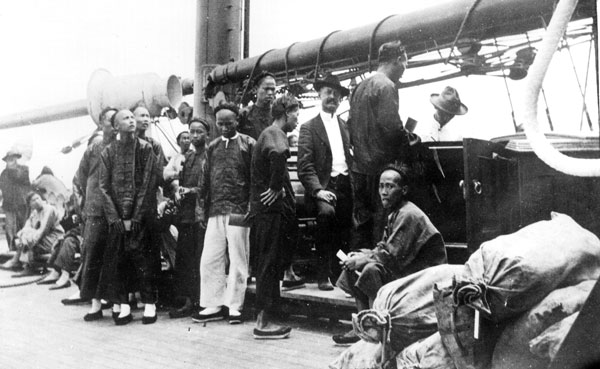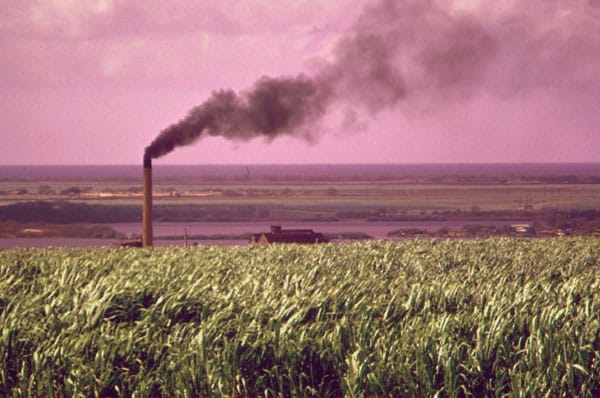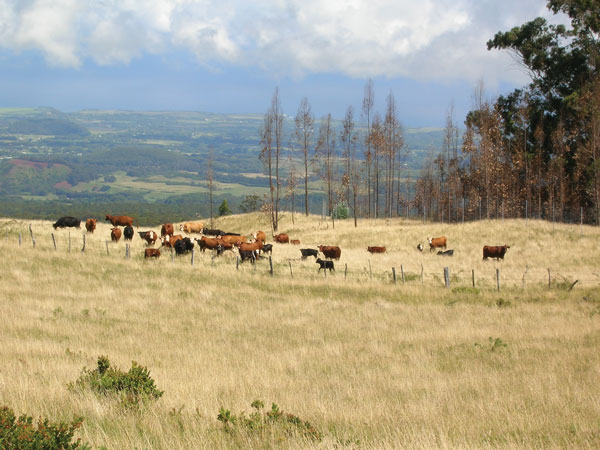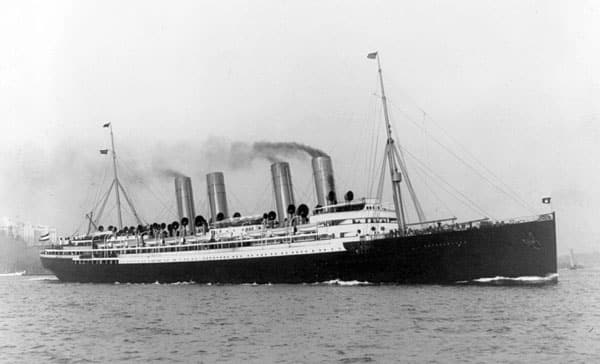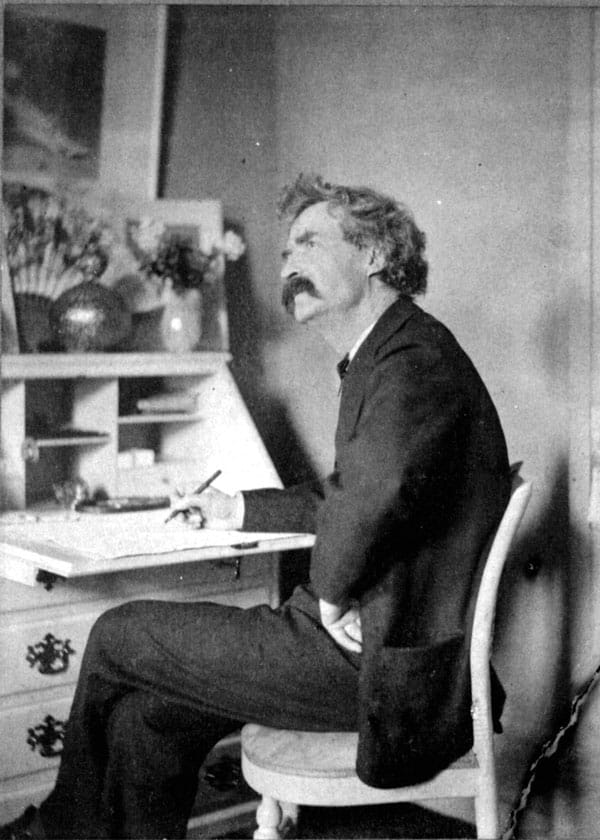Changes in Hawaiian Industries
There were many important changes during the years of Kamehameha V’s reign. One of the changes was in the whaling industry. From 1855 to 1857, the first three years of Kamehameha IV’s reign, there had been as many as four hundred whaling ships a year visiting island ports. By the end of Kamehameha V’s reign, there were fewer than fifty. The decrease in ships was largely due to the decrease in whales. These creatures had, simply, been over hunted to the point where relatively few remained. Whalers had to go farther away to hunt whales, and, to do this, larger ships had to be built. Building new and bigger ships was costly. Additionally, whales had largely been hunted for their oil. But no longer was whale oil so important for lighting. Other oils that came from coal and oil wells began to be used. The whaling industry slowly came to an end by the first half of the century. At the same time, the sugar industry was fully underway and expanding.
During the reign of Kamehameha IV, 255 tons of sugar had been sent to other countries. During the last three years of Kamehameha V’s reign, there was over fifty times that much. This was the real beginning of an industry that would grow even larger through the years until the late 1900s. The growing of sugarcane was started by and largely controlled by foreign interests. Many foreigners had been given land by or leased land from the crown; a number of them had also married into prestigious Hawaiian families and had gotten land that way.
Sugar plantation owners pressed Kamehameha V for help with bringing more people to work the land. Dr. William Hillebrand of Queen’s Hospital was sent to China to find more workers. As a result, several hundred more Chinese people were brought to Hawai‘i to work. However, because the sugar industry continued to grow, this number was not nearly enough. Within a few years many more hundreds of people came from Japan.
In addition to sugar, more rice than ever before was also being grown. Within a few years, over a million pounds of rice had been sent out of the islands and just as much was used by the Hawaiian people. On the Kona Coast of the island of Hawai‘i, where it was cool and high, coffee was found to grow well there and was planted more actively. Cattle raising continued to grow into another big industry. Valuable herds of cattle and sheep roamed over the crown lands.
All these important industries brought other changes. There had to be better ways of taking products to other islands and countries. The steamer Kilauea shuttled back and forth between islands for seventeen years. Other steamships started to take people between the islands and from Hawai‘i to the mainland and to other countries.
About this time, 1867, the American Congress started a steamship mail service between San Francisco and Honolulu. Ships on the way to China and other places in the Pacific stopped at Honolulu. This meant that the harbor had to have more piers and storehouses. A lighthouse had to be built at the entrance to the busy harbor. New steamers brought not only mail but also people who wished to visit the islands. Hotels had to be built. The largest one at the time was the Hawaiian Hotel. One who praised the hospitality of the Hawaiian people was an American writer, Mark Twain, who called Hawai‘i “The loveliest fleet of islands that lies anchored in any ocean.” He visited Hawai‘i in the 1860s and was able to witness a volcanic eruption on the Big Island.
